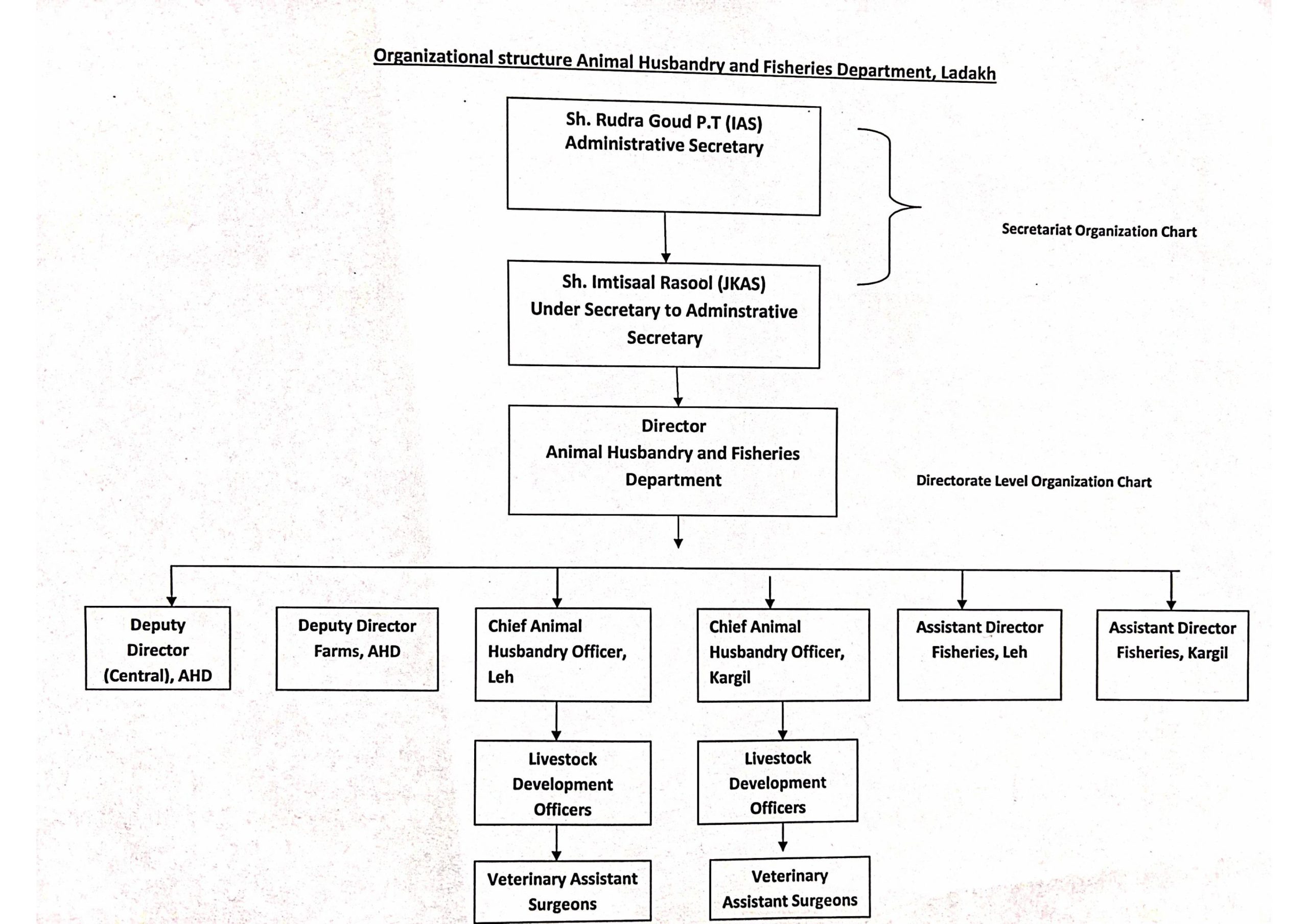Livestock Sector in Ladakh: Sustaining Traditions and Empowering Rural Livelihoods
Ladakh, a high-altitude cold desert, is characterized by its harsh climatic conditions, limited agricultural seasons, and difficult terrain. With over 70% of the population residing in rural areas, livestock rearing has historically formed the backbone of the region’s socioeconomic and cultural fabric.
For centuries, rural communities—including the Changpas and other indigenous tribes—have relied on livestock such as cattle, Yaks/Demo, Dzo/Dzomo, Donkeys, Horses, Camels, etc. These animals are vital not only for subsistence—providing food, fuel, fiber, and draught power—but also for income through the trade of meat, milk, hides, and valuable fibres. The annual milk production of Ladakh is 29,310 MT and egg production is 35.07 lakh Nos.
Despite the advent of alternative livelihoods in recent times, livestock rearing continues to be integral to rural Ladakh. It ensures nutritional security, supports income generation, sustains cultural identity, and serves as a buffer against economic vulnerability in remote, high-altitude villages.
Role of the Department of Animal Husbandry
1. Veterinary Health Care Services
- Veterinary services are delivered across all 243 villages of Ladakh through a network of 140 Veterinary Centres and 9 Mobile Veterinary Units, operational under toll-free number 1962.
- Key disease control programs include:
- Vaccination against Foot-and-Mouth Disease (FMD) under the National Animal Disease Control Programme, aiming to eliminate FMD from Ladakh by 2030.
- Vaccination against Haemorrhagic Septicaemia (HS) and Black Quarter (BQ) in endemic zones.
2. Breed Conservation and Genetic Resource Management
To preserve and improve the native breeds uniquely adapted to Ladakh’s ecology, the department operates several conservatory farms:
- Double-Humped Camel Farm, Chushot
- Yak Breeding Farms, Diskit (Nubra, Leh) and Bodh Kharbu (Kargil)
- Zanskari Equine Breeding Farms, Chushot (Leh) and Padum, Zanskar (Kargil)
3. Genetic Upgradation & Crossbreeding Programme
To enhance the productivity and quality of livestock in Ladakh while preserving its unique native breeds, the Department has implemented a focused programme using Jersey bloodline through both artificial insemination (using regular and sex-sorted semen) and natural service with pedigree Jersey bulls. The objective is to improve productivity and reduce inbreeding depression in native populations.
4. Stray Dog Population Control and Anti-Rabies Programme
Since 2013, the department has neutered and vaccinated 41,048 stray dogs under the Animal Birth Control (ABC) and Anti-Rabies (AR) programme, contributing significantly to public health and animal welfare.
5. Livelihood Promotion and Nutritional Security
The department promotes sustainable and organic livestock production through:
- Livestock-based entrepreneurship
- Value addition through dairy, wool/hair, and meat products
- Integration of livestock with eco-tourism and recreational activities
Broader Impact
The livestock sector in Ladakh is not merely an economic activity—it is a way of life. Through its multifaceted programs, the Department of Animal Husbandry plays a crucial role in:
- Employment generation
- Improving community nutrition
- Preserving cultural heritage
- Supporting rural resilience amidst climatic and geographic challenges
Fisheries Department – UT Ladakh
UT Ladakh is bestowed with vast water resources in the form of rivers, lakes, streams, and spring water, from which fish can be produced profitably. Fisheries play a major role in human nutrition, employment for youth, and fisheries-related recreational tourism. Aquaculture development can significantly enhance local employment and food security.
Aims & Objectives
- Employment Generation: Create sustainable livelihood opportunities for unemployed youth through fisheries and aquaculture-based activities.
- Nutritional Security: Ensure availability of fresh, protein-rich fish to both local residents and tourists, thereby improving dietary diversity.
- Conservation of Indigenous Species: Protect and conserve native fish species and aquatic biodiversity through responsible management practices.
- Promotion of Aquaculture in Remote Areas: Encourage fish farming in far-flung and rural areas of Ladakh to harness local water resources and reduce dependency on imports.
- Resource Assessment & Fisheries Development: Conduct regular surveys and assessments of water bodies to develop capture and culture fisheries suited to Ladakh’s ecology.
- Tourism Development: Promote recreational and sport fisheries to boost eco-tourism and attract angling enthusiasts to the region.
Key Functions & Highlights — Fisheries Sector
-
- The Department operates 8 trout fish farms and 1 carp fish farm across Ladakh, focused on rearing rainbow trout. Key operational farms include:
- Leh District: Chushot, Nubra, and Shey
- Kargil District: Damsna, Khachan, Drass, and Wakha
- Under the Pradhan Mantri Matsya Sampada Yojana (PMMSY), 280 trout raceway units were sanctioned, out of which 178 units have been completed—boosting fish production from 45 MT in 2022 to 80.70 MT in 2024.
- To strengthen fisheries infrastructure, the Department is establishing:
- Hatchery Units
- Recirculatory Aquaculture Systems (RAS)
- Fish Marketing Infrastructure through dedicated retail kiosks
- The Department operates 8 trout fish farms and 1 carp fish farm across Ladakh, focused on rearing rainbow trout. Key operational farms include:
These interventions aim to boost employment, enhance local fish production, and promote nutritional security across Ladakh.




